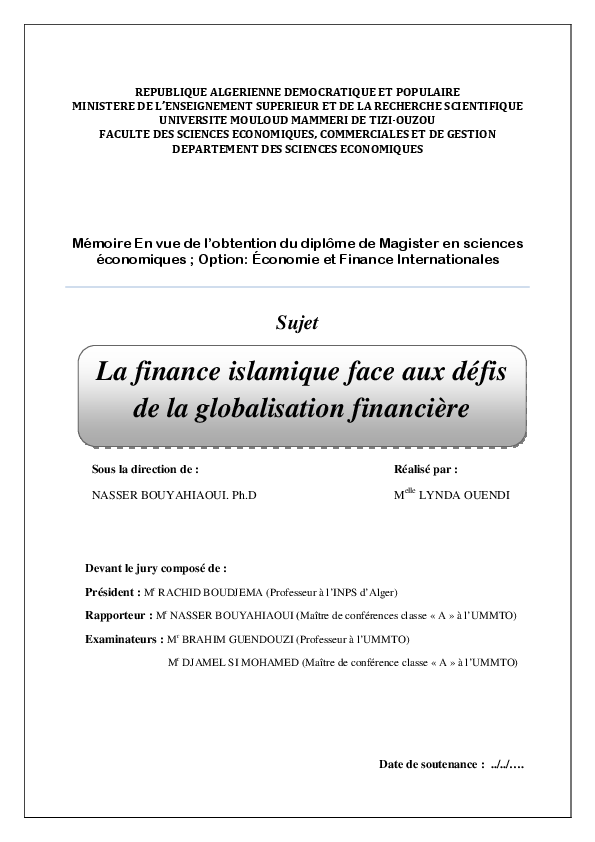Assessing The Brooklyn Bridge's Foundation: A Critical Review

Table of Contents
The Genesis of a Giant: Planning and Initial Design of the Brooklyn Bridge's Foundation
John A. Roebling, the visionary behind the Brooklyn Bridge, faced unprecedented challenges in designing its foundation. The East River, with its unpredictable currents and unpredictable seabed, posed a significant hurdle. The initial design called for a revolutionary approach: the use of massive caissons, essentially underwater airtight chambers, constructed from a combination of limestone, granite, and timber. This choice of materials was crucial; granite and limestone offered the necessary strength and durability to withstand the immense weight of the bridge superstructure, while the timber provided structural support during the construction phase. The innovative use of pneumatic caissons, allowing workers to excavate and lay the foundation under compressed air, was a technological leap forward, enabling the construction of the bridge's massive towers and anchorage points. The project demanded skilled labor, and the working conditions within the compressed air environment presented serious health risks, leading to "caisson disease" (the bends) amongst the workforce.
- Early design proposals and their limitations: Initial plans involved simpler foundation methods, but these proved inadequate to handle the bridge's immense weight and the challenging riverbed conditions.
- Detailed explanation of the caisson construction process: Massive wooden boxes were built, then sunk into the riverbed. Workers inside, under immense pressure, excavated the riverbed to create a solid base for the bridge's towers.
- Challenges encountered during the caisson sinking: The unpredictable nature of the riverbed, with shifting sands and unpredictable currents, presented significant delays and difficulties during the sinking process.
- Impact of technological innovation on the foundation's design: The invention and adaptation of pneumatic caissons were pivotal in enabling the construction of such a massive foundation in the challenging environment of the East River.
Constructing the Colossus: Building the Brooklyn Bridge's Foundation
The construction of the Brooklyn Bridge's foundation was a monumental undertaking. Each caisson, a massive structure in itself, required precise engineering and immense manpower. After John A. Roebling's fatal accident, his son, Washington A. Roebling, took over the project, demonstrating remarkable leadership and overcoming numerous obstacles. The East River’s strong currents and unpredictable tides continually challenged the construction process, demanding innovative solutions and skillful adaptation. Sadly, the lack of robust safety regulations resulted in several accidents and casualties among the construction workers, highlighting the hazardous nature of the undertaking.
- Step-by-step explanation of foundation building: The process involved constructing the caissons, sinking them to the required depth, excavating the riverbed, and then filling the caissons with concrete and masonry.
- The use of specialized tools and equipment: Innovative equipment of the time, such as powerful pumps, cranes, and diving bells, was crucial to the success of the project.
- Challenges caused by weather conditions: Storms and harsh weather conditions frequently interrupted the construction process, causing delays and adding to the complexity of the project.
- Overcoming unforeseen geological obstacles: Unexpected geological formations and shifting riverbed conditions required constant adjustments to the construction plans.
Enduring Legacy: The Brooklyn Bridge's Foundation's Performance and Maintenance
Over a century later, the Brooklyn Bridge's foundation continues to perform remarkably well, a testament to the ingenuity of its design and the quality of its construction. However, environmental factors such as erosion, corrosion, and the relentless pressure of the river have taken their toll. Ongoing maintenance and repair work are essential to ensure the bridge's long-term structural integrity. Modern inspection techniques, including advanced non-destructive testing methods, allow engineers to monitor the foundation's condition and identify potential problems early on. Significant repairs and upgrades have been undertaken over the years, ensuring the continued safe passage of millions of people across this iconic structure.
- Long-term stability and structural integrity of the foundation: The foundation's remarkable stability is a result of its robust design, the high-quality materials used, and the ongoing maintenance efforts.
- Methods used for evaluating foundation condition: Modern technologies, such as ground-penetrating radar and ultrasonic testing, are crucial in assessing the health of the foundation.
- Historical and current maintenance strategies: From early repairs to modern preventative maintenance, the bridge's foundation has undergone continuous evaluation and improvement.
- The future of the Brooklyn Bridge's foundation and its ongoing preservation: Ongoing monitoring, planned maintenance, and innovative repair techniques will be crucial in preserving this vital infrastructure for generations to come.
A Testament to Engineering: Reflecting on the Brooklyn Bridge's Foundation
The Brooklyn Bridge's foundation stands as a remarkable feat of 19th-century engineering, a testament to human ingenuity and perseverance. Its design, construction, and enduring performance have shaped modern bridge engineering. The ongoing maintenance and preservation efforts are vital to ensuring the bridge's longevity and continued service to the city. To learn more about the intricacies of the Brooklyn Bridge's foundation, explore resources from the New York City Department of Transportation, the National Park Service, and various engineering archives. Further research into the specific materials used, the challenges of caisson construction, or the innovative techniques used in its ongoing maintenance will provide a deeper appreciation for this marvel of engineering. Understanding the Brooklyn Bridge's foundation is key to understanding the enduring legacy of this iconic structure.

Featured Posts
-
 Ubers Foodpanda Taiwan Acquisition Termination Announced Amid Regulatory Challenges
May 18, 2025
Ubers Foodpanda Taiwan Acquisition Termination Announced Amid Regulatory Challenges
May 18, 2025 -
 Best Online Casinos Canada Why 7 Bit Casino Is Number One
May 18, 2025
Best Online Casinos Canada Why 7 Bit Casino Is Number One
May 18, 2025 -
 Cassies Stunning Red Carpet Look Mob Land Premiere Photos
May 18, 2025
Cassies Stunning Red Carpet Look Mob Land Premiere Photos
May 18, 2025 -
 Enhance Your Coding With Chat Gpts Integrated Ai Agent
May 18, 2025
Enhance Your Coding With Chat Gpts Integrated Ai Agent
May 18, 2025 -
 Novak Djokovic In Carpici Kazanci 186 Milyon Dolarin Sirri
May 18, 2025
Novak Djokovic In Carpici Kazanci 186 Milyon Dolarin Sirri
May 18, 2025
Latest Posts
-
 Universite Islamique Perd 19 Millions D Euros De Financement Regional
May 19, 2025
Universite Islamique Perd 19 Millions D Euros De Financement Regional
May 19, 2025 -
 Uber Stock And Recession Why Analysts Remain Bullish
May 19, 2025
Uber Stock And Recession Why Analysts Remain Bullish
May 19, 2025 -
 Financement Universitaire 19 Millions D Euros Retires Par Une Region Francaise A Une Universite
May 19, 2025
Financement Universitaire 19 Millions D Euros Retires Par Une Region Francaise A Une Universite
May 19, 2025 -
 Coupes Budgetaires Region Francaise Retire 19 Millions D Euros A Une Universite Islamique
May 19, 2025
Coupes Budgetaires Region Francaise Retire 19 Millions D Euros A Une Universite Islamique
May 19, 2025 -
 Region Francaise Coupe 19 Millions D Euros De Financement A L Universite Islamique De Gauche
May 19, 2025
Region Francaise Coupe 19 Millions D Euros De Financement A L Universite Islamique De Gauche
May 19, 2025
